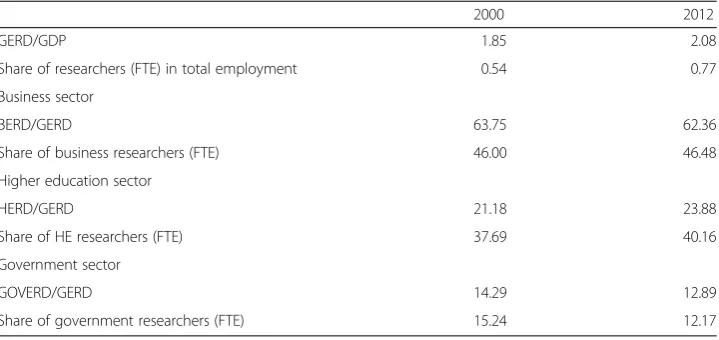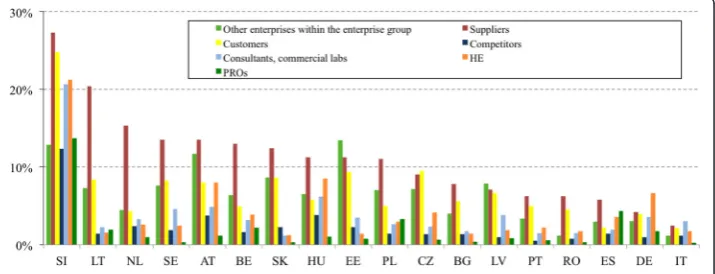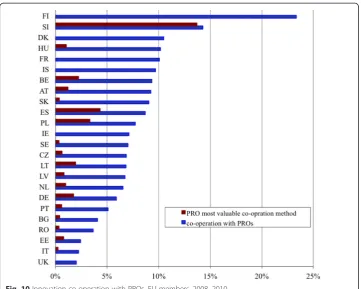Types of knowledge and diversity of business-academia collaborations: implications for measurement and policy
Full text
Figure




Related documents
The aims of this study were: to investigate the use of oral health care protocols in New Zealand LTC facilities that care for the older individual; to understand
In addition, the results show that FSusage may increase the relative meat consumption of households and food consumed away from home in comparison to other food
"I'm serious though…" Lito presses on. "Take it easy, okay? I know it's supposed to be every man for himself on the streets and shit, but sometimes..." He clears
The goal of this module is to shift the conversation for the patient with metastatic pancreatic cancer unresponsive to gemcitabine from purely a discussion about pros and cons
In some theatre houses, accessibility to the audio (subtitles) and visual elements of the performances (audio description) has been arranged through the
[r]
Results show that the negative correlations between long-run rates of return on farm assets and financial investments could result in a significant reduction of risk if equities
Across countries, the percentage of privatized observations having a strategic foreign owner ranges from 43% in the Czech Republic, mainly due to voucher privatization, and 50%



